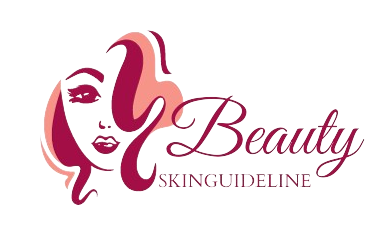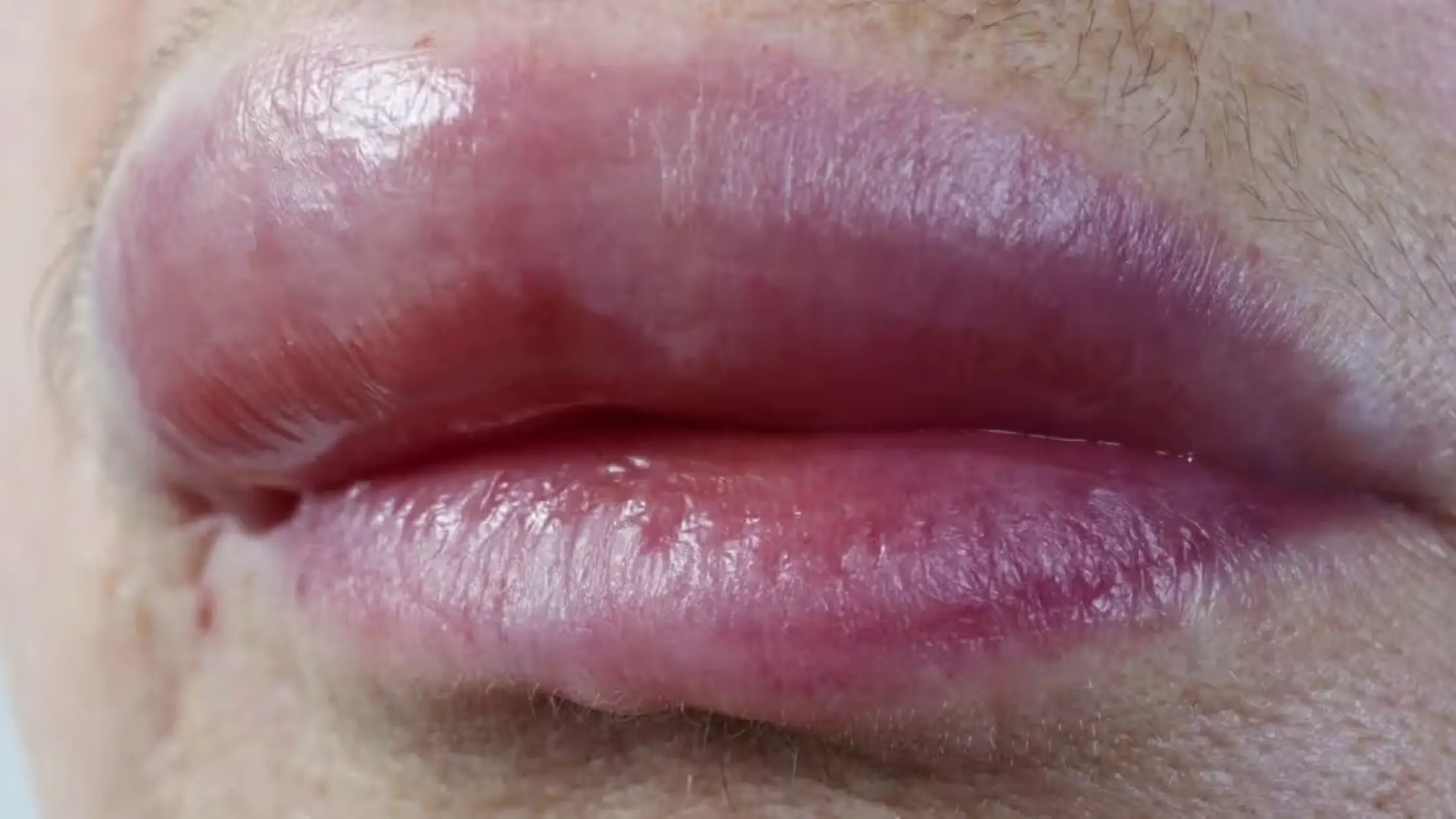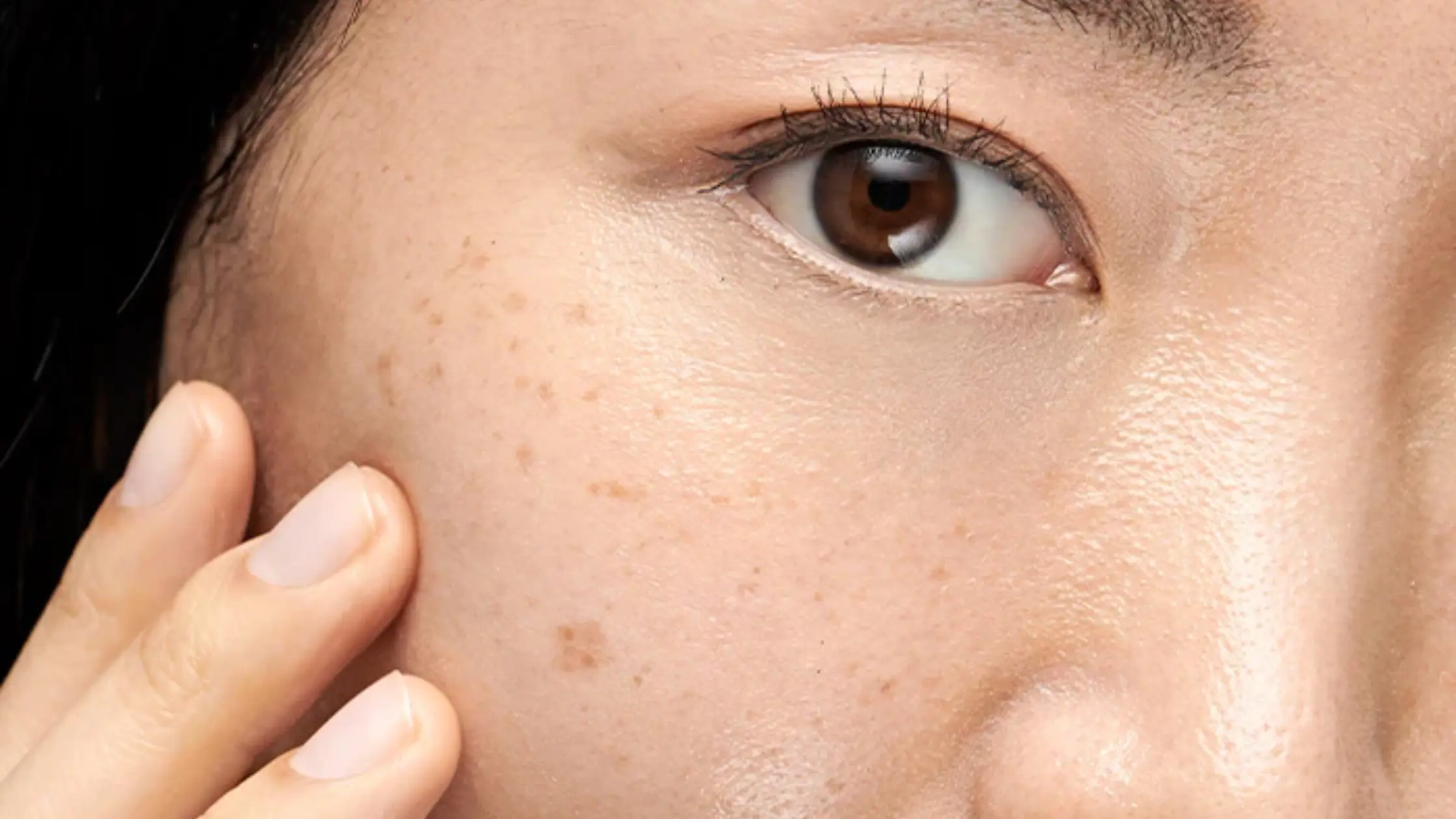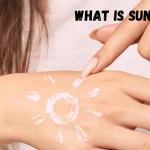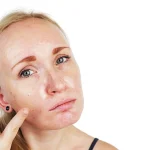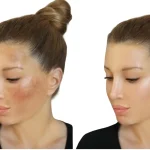Ingrown Hair Turned Into Hard Lump Under Skin
Are you suffering from ingrown hair that is turning into a hard lump under Skin? Oftentimes it becomes a hard lump under the skin. Let’s know all about this. Ingrown hairs occur when the hair grows downward instead of coming out of the skin and is stuck in the skin. Ingrown hairs can sometimes turn into cysts, but this is nothing serious, so there is nothing to fear. These cysts can also be treated with home remedies. Instagram Twitter Pinterest Ingrown hairs can be painful. When a hair falls back down instead of up from the skin, it can cause irritation, inflammation, and more… Infections can cause discomfort or pain. The surrounding skin is red, swollen and tender, and pus may form inside. Read on to learn all about the types of ingrown hair cysts and how to treat and prevent them. What Is Ingrown Hair? When a hair grows into the skin, a fluid-filled lump can form, which becomes a cyst. It often looks like a red pimple with a hair on the surface of the skin, but other types can look different and occur on different parts of the body. Every pore of your skin has a pore, some fine and some coarse. Pores are small openings in our skin that allow sweat and oil to drain from the surface of the glands Hair grows from below these pores and the hair is soaked in the sebum secreted by the pores. But if the top of your pore is blocked by debris or excess sebum and becomes inflamed, the hair can’t make its way out, causing hair to fall out and grow underneath the skin. Bacteria can then take control and create folliculitis, an infection that results in the formation of a cyst. How Can You Recognize An Ingrown Hair Cyst? Providing you with a simple table outlining some common characteristics of an ingrown hair cyst for identification. However, if you feel you have an ingrown hair cyst or any other skin disease, you should visit with a healthcare expert for an exact diagnosis and treatment. Characteristic Ingrown hair cyst(Description) Appearance Small, red bump with a visible hair also bump on the skin Location Common in locations where hair is regularly shaved or waxed, such as the face, neck, underarms, or bikini line Pain It may be uncomfortable or sensitive to touch Itching Itching or irritation in the affected area Pus The discharge may be white or yellowish Crusting or scabbing May develop a crust or scab Duration One can go on for a long time if left untreated Hair Growth Hair may be visible below the surface Difference Between All Types Of Ingrown Hair Types of Ingrown Hair: Below a comparison table Causes Of Ingrown Hair? Ingrown hairs can occur for a number of reasons and the most common causes include: 1. Hair Removal Procedures: Ingrown hairs are often caused by shaving, waxing or plucking. When a corner of hair is cut or removed, it may have difficulty growing out of the follicle properly, resulting in ingrown hairs. 2. Curly or Coarse Hair: People with naturally curly or coarse hair are more likely to get ingrown hairs. Hair may grow back into the skin instead of growing straight out. 3. Tight clothing: Tight clothing can contribute to ingrown hairs, especially in areas where there is friction. This friction can force the hair to grow back into the skin. Therefore, tight clothing cannot be worn. 4. Excessive dead skin cells: A build-up of dead skin cells can block hair follicles, making it difficult for hair to emerge from the skin’s surface. This can lead to ingrown hairs. 5. Improper skin care: Inadequate exfoliation and moisturising can clog pores with dead skin, which contributes to ingrown hairs. Keeping the skin well moisturised and exfoliated reduces the chances of ingrown hairs. 6. Genetics: Some individuals may be genetically predisposed to developing ingrown hairs due to factors such as hair texture and follicle shape. 7. Improper shaving technique: Shaving against the direction of hair growth or using a dull blade can lead to ingrown hairs. Shaving with a sharp, clean razor and in the direction of hair growth is essential. 8. Ingrown Hair Cyst: If the ingrown hair becomes infected, it can form a cyst, which causes more significant discomfort and makes it difficult to break the hair cuticle. This causes pain in that place. What Are The Treatments? There are different treatments for ingrown hair cysts, depending on the severity and your personal situation. Here is a description. Home Treatments: Warm compresses: Applying a warm compress to the affected area for 10-20 minutes several times a day can help soften the skin, reduce inflammation, and promote hair growth. Exfoliation: Gently exfoliate the region with a washcloth or a gentle exfoliating scrub to help eliminate dead skin cells that might clog hair follicles. It’s best not to overuse it because it might irritate your skin. Over-the-counter (OTC) medications: Products like benzoyl peroxide or salicylic acid can help decrease inflammation and facilitate healing. Specially formulated cream for ingrown hair. Tea tree oil: This natural oil contains antibacterial and anti-inflammatory characteristics, and some individuals find it useful for decreasing the size and pain of ingrown hairs. Dilute it with a carrier oil like jojoba or olive oil before applying, then use. Professional treatments: Extraction: If the ingrown hair cannot be easily removed and is heavily infected, a dermatologist or other healthcare professional can carefully extract it using sterile tweezers or a needle, or follow their advice. Prescription medicines: If OTC medications aren’t effective, your doctor may prescribe topical or oral antibiotics to treat the infection, or stronger topical medications like retinoids to reduce inflammation and prevent future ingrown hairs. Use them carefully as per prescription. Hair removal using laser: In severe cases, laser hair removal can be a long-term solution to prevent ingrown hairs in certain areas. But this can be expensive. Tips that you may find useful ⭐️Do not
Ingrown Hair Turned Into Hard Lump Under Skin Read More »

